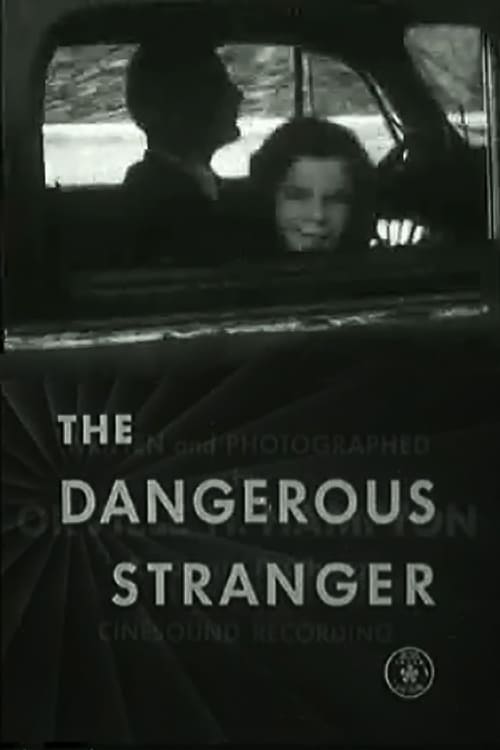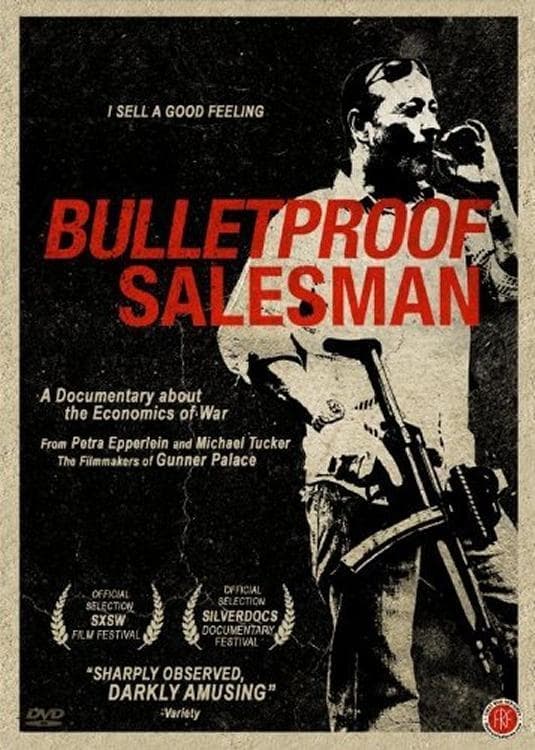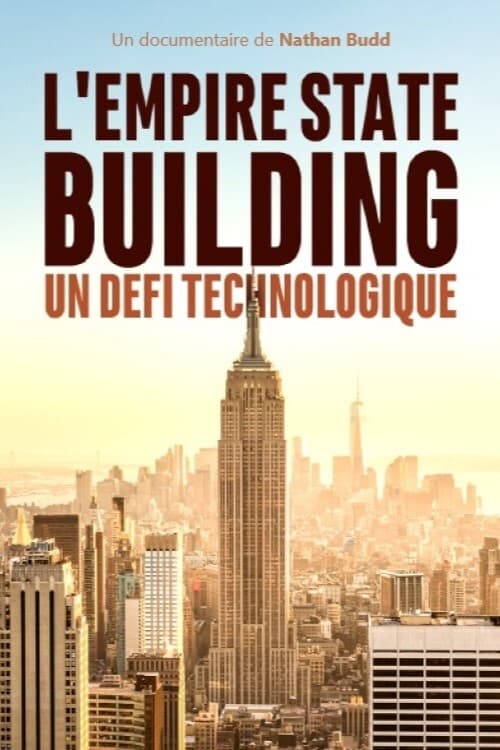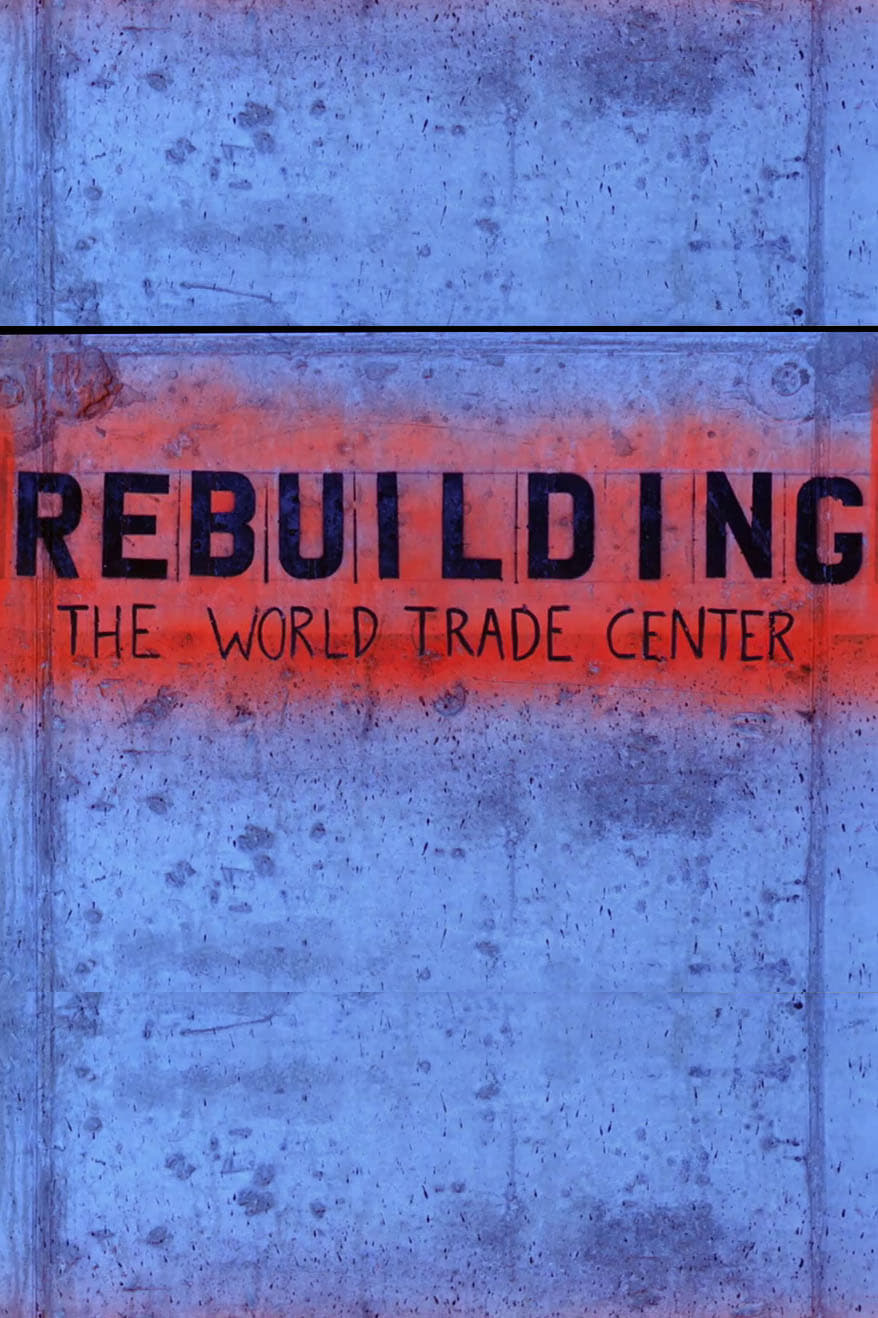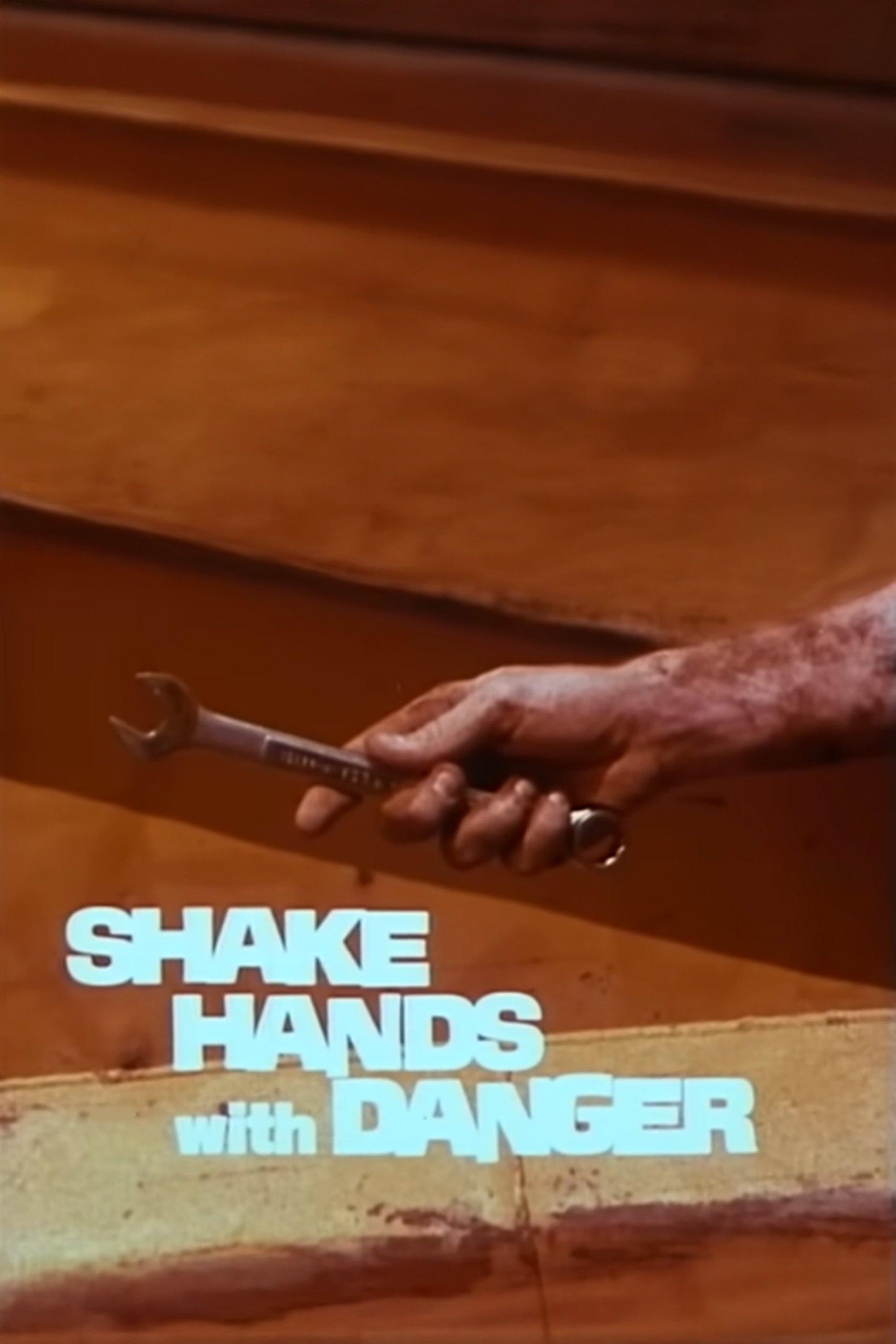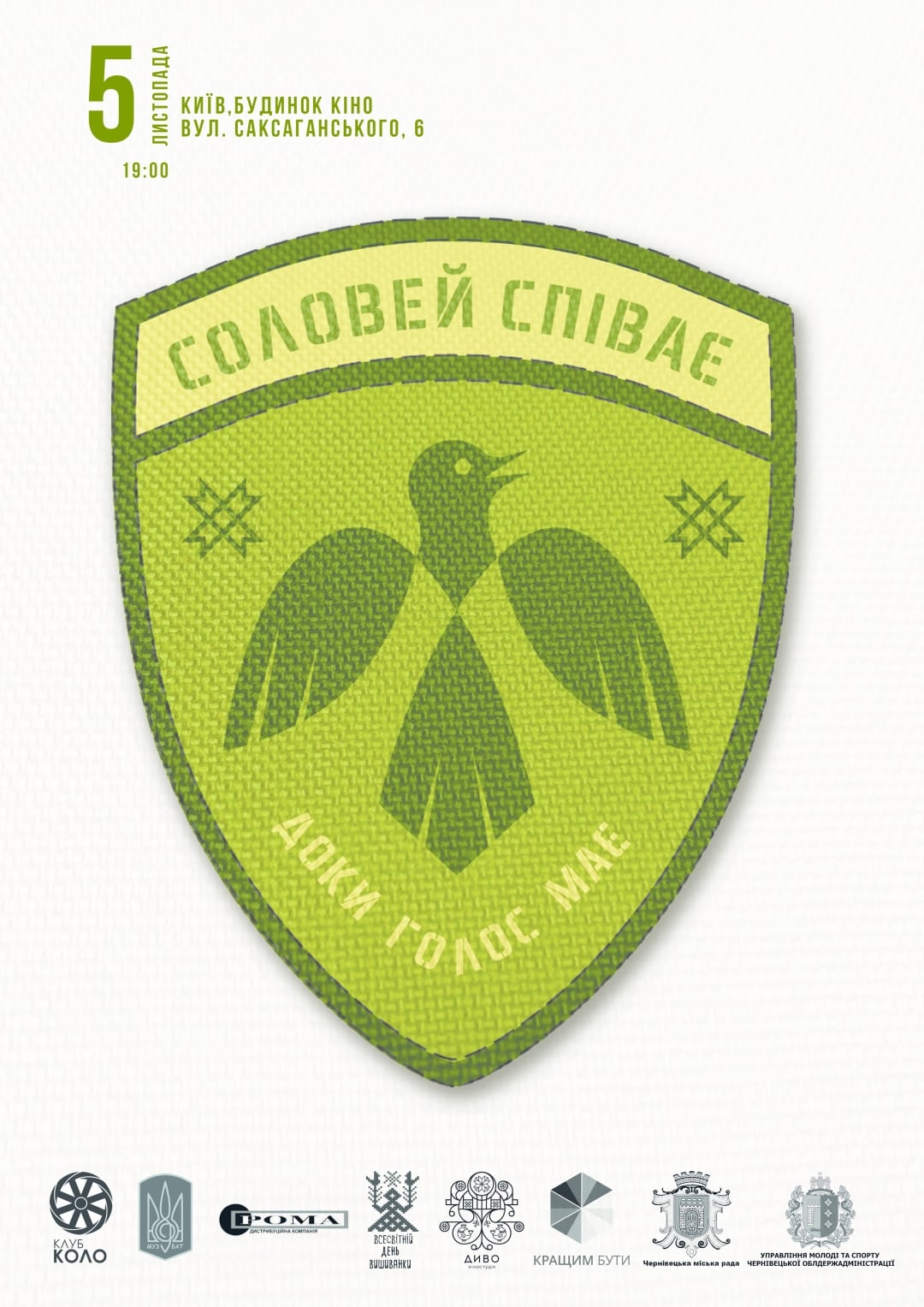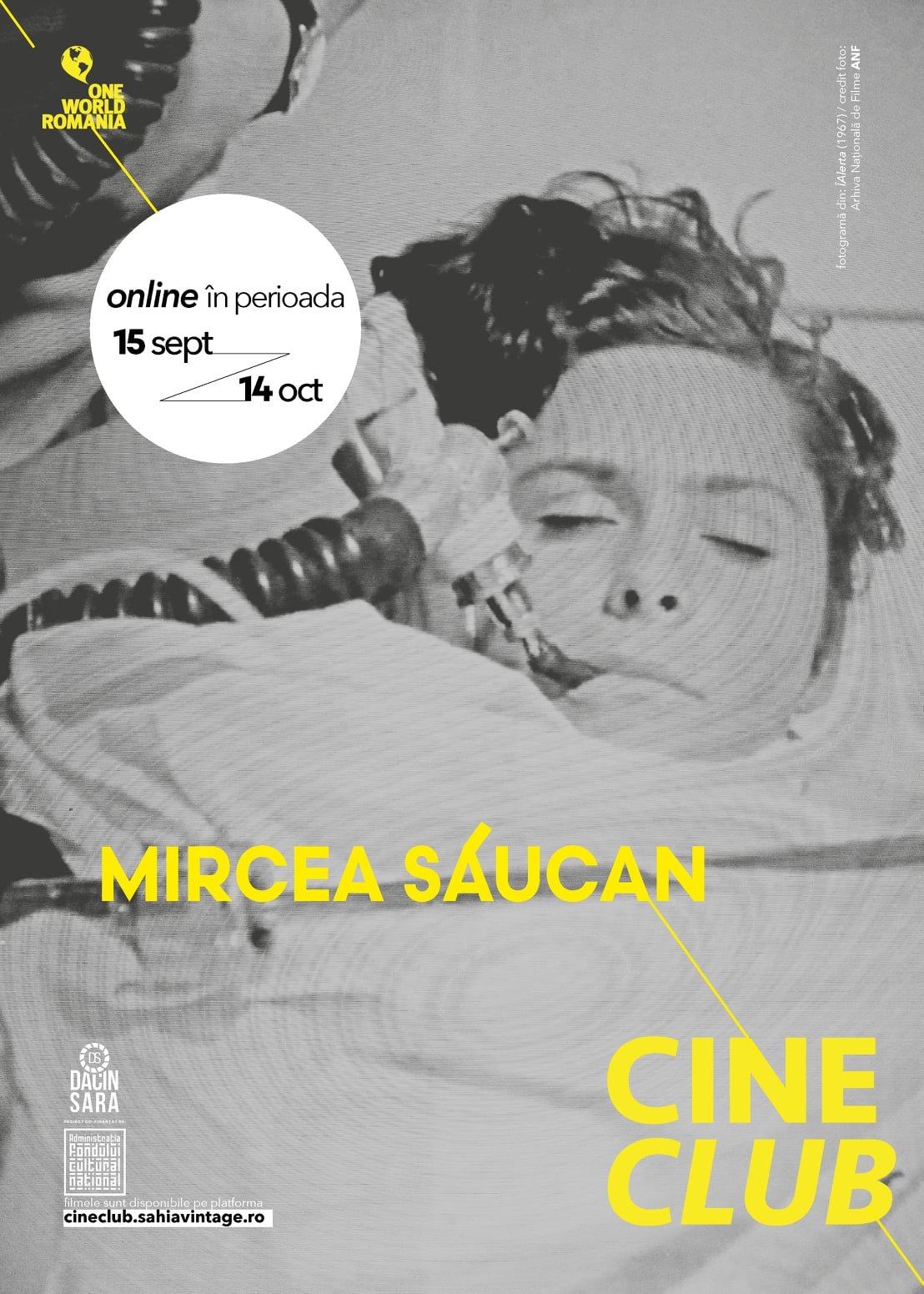The Gambler
The Gambler
1950
0h 20m
0.0(0 votes)
Documentary
Overview
This late 1940s/early 1950s rather graphic color film about carelessness and safety operating heavy machinery is presented by Caterpillar.
Links & Resources
Social & External
Production Companies
Videos & Trailers
1 video
Similar Movies
Recommended Movies

No Recommendations Yet
We're working on finding the perfect movies for you. Check back soon!
More movies coming soon
